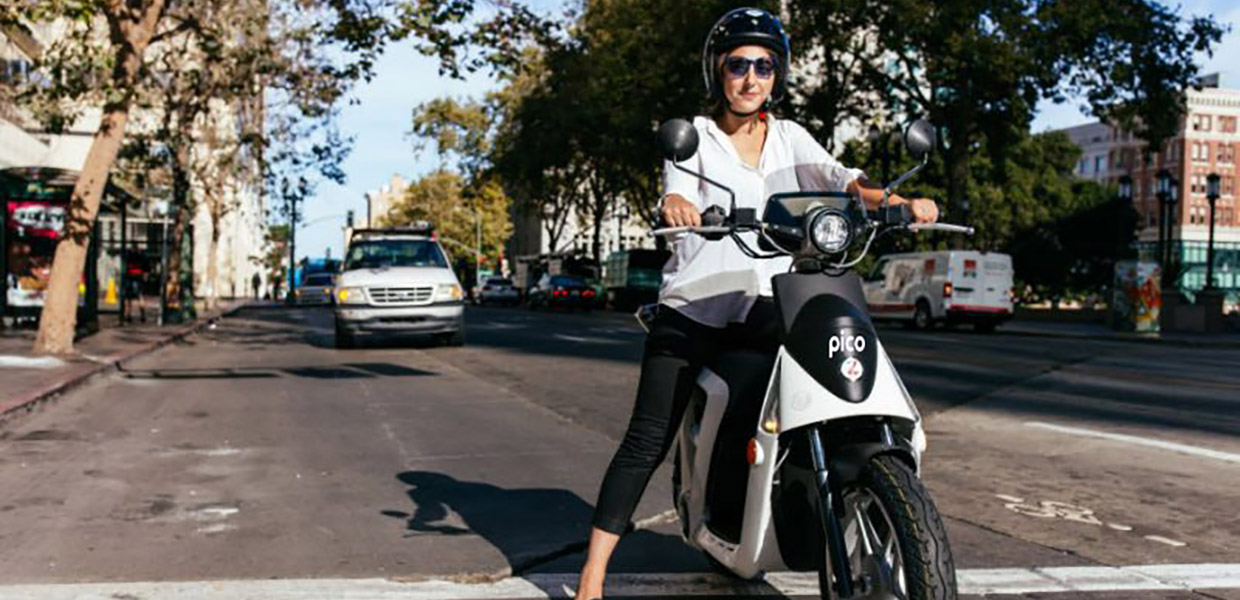The Coronavirus pandemic has altered buyer behavior and supply chains across the business landscape. How can you meet new customer demands and become more resilient to disruption in the new normal? Specialists at the Pay-per-use Solutions Group at DLL share their experiences from customers and partners in diverse industries.
The magnitude of the Coronavirus pandemic sent shockwaves that disrupted supply chains and businesses across the globe. In some industries, demand dried up overnight, while in others it shot through the roof. Living and working in lockdown radically changed the needs and buying behaviors of consumers and companies alike. These stresses have revealed the strengths and weaknesses of supply chains and business models across industries.
“We are seeing a major shift in attitudes from manufacturers and vendors coming out of this crisis,” says Matt Frankel, Global Head of Pay-per-use Solutions at DLL. “The need to meet new buyer demands, reduce risk and increase flexibility are all top of mind for buyers who are considering acquiring new equipment and the manufacturers and vendors who are selling it. Pay-per-use financing models address key needs here and there’s huge interest in them from our customers and partners as the way forward.”
Pay-per-what?
The idea of pay-per-use has been around for several decades. You use it every time you stream a TV show, movie or song. At the most basic level, it simply means paying to use something, like a service, software, vending machine, tractor or even an ambulance, without having to buy it outright and take it on long-term. Pay-per-use was born and has grown rapidly in the consumer space. Spotify, Uber and Airbnb are great examples. It is now gaining traction in the business space, as companies see the value of paying to use services, software and equipment, rather than buying them outright.
“All of these examples have a common focus. People want to pay for an outcome rather than the burden of owning a physical object. Why would you buy a car, where you have to pay for maintenance, car insurance, gas, etc., when it is going to sit idle for 20 hours a day? The usage economy is becoming the new economic reality because it is either more convenient or more flexible for the user,” says Matt Frankel.

